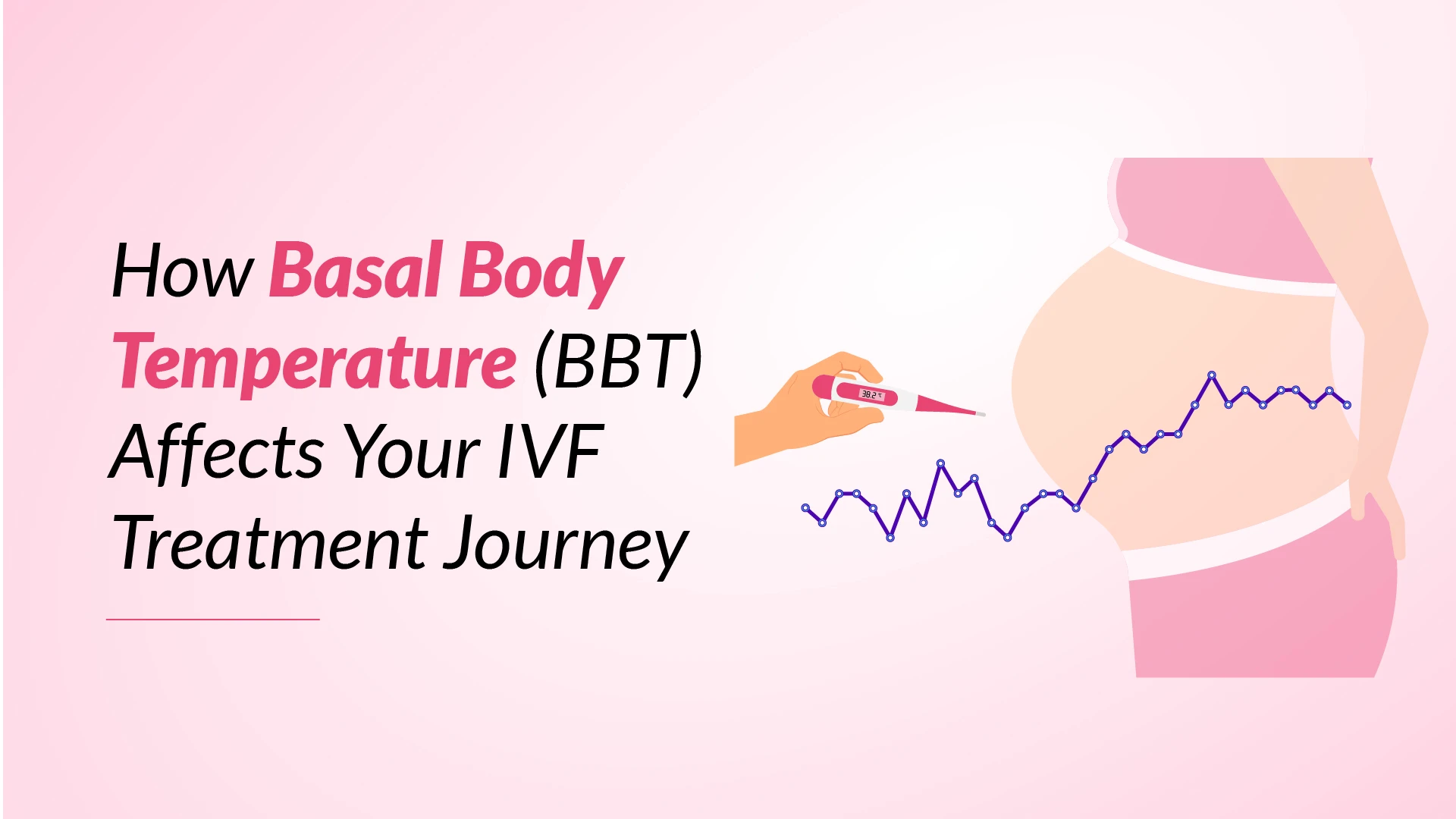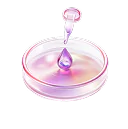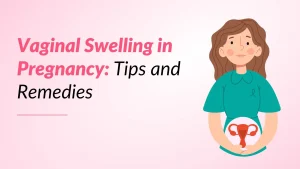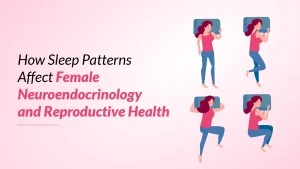Body temperature reveals essential clues about fertility and reproductive health. For people undergoing IVF treatment, tracking BBT and ovulation provides valuable insights into their reproductive cycle. This simple measurement can help doctors optimise treatment timing and success rates.
Understanding BBT patterns helps patients feel more involved in their treatment process. While IVF involves many complex procedures, temperature tracking offers a straightforward way to participate in the journey.
What is Basal Body Temperature (BBT)?
Basal body temperature (BBT) represents the lowest body temperature achieved during rest, typically measured first thing in the morning. This core temperature reading provides valuable information about hormonal changes throughout the menstrual cycle, making it a helpful tool for fertility monitoring.
The measurement process requires specific attention to detail for accuracy:
- Take temperature immediately upon waking, before any activity
- Use a specialised BBT thermometer for precise readings
- Measure at the same time each morning
- Record temperatures consistently in a chart or tracking app
- Note any factors that might affect readings (illness, sleep changes)
A person’s BBT typically ranges between 36.1°C and 36.4°C before ovulation. Following ovulation, progesterone levels rise, causing a slight temperature increase of 0.2°C to 0.5°C. This elevated temperature usually remains until the next menstrual cycle begins.
The Importance of BBT Tracking in Fertility Treatments
Doctors use BBT charts to evaluate treatment effectiveness and adjust medication protocols.
BBT tracking offers several significant benefits during fertility treatments:
- Helps confirm ovulation patterns and timing
- Provides insights into hormonal balance
- Assists in identifying potential fertility issues
- Enables doctors to optimise treatment schedules
- Supports the monitoring of medication effectiveness
BBT and Its Role Before Starting IVF
Before beginning IVF treatment, doctors rely on basal body temperature monitoring to establish baseline fertility patterns. This preliminary tracking phase typically spans several months, offering valuable insights into a patient’s natural cycle characteristics.
Doctors use BBT data to:
- Evaluate natural ovulation patterns
- Assess hormonal function
- Identify potential cycle irregularities
- Determine optimal timing for treatment
- Create personalised medication protocols
During the pre-IVF phase, consistent temperature tracking helps doctors understand how a patient’s body responds to hormonal changes.
Can BBT Tracking Help During IVF Treatment?
Monitoring basal body temperature during active IVF treatment cycles provides healthcare teams valuable insights into treatment response. Doctors use these measurements to assess how patients react to fertility medications and adjust protocols accordingly.
BBT tracking during IVF treatment offers several key advantages:
- Helps monitor response to hormone medications
- Provides early indication of potential complications
- Assists in timing crucial procedures
- Enables healthcare teams to adjust medication dosages
- Supports decision-making throughout the treatment cycle
Temperature monitoring proves particularly useful when evaluating the effectiveness of ovarian stimulation medications. To ensure optimal treatment outcomes, doctors analyse these patterns alongside other clinical indicators. The data collected through regular temperature measurements helps medical teams identify any unexpected responses to medication protocols.
BBT and Hormonal Fluctuations in IVF
Hormonal medications used during IVF treatment significantly influence basal body temperature patterns. These medications create distinct temperature variations that differ from natural cycle patterns, making it essential for patients to understand these changes.
The primary hormonal medications in IVF affect BBT in several ways:
- Gonadotropins cause higher-than-normal temperature readings
- Progesterone supplements lead to sustained temperature elevation
- GnRH agonists may initially lower BBT
- Trigger shots create temporary temperature spikes
- Oestrogen supplements can stabilise temperature patterns
Benefits of Combining BBT with Other Fertility Indicators
Combining multiple fertility indicators with basal body temperature monitoring creates a more comprehensive understanding of reproductive health during IVF treatment. Doctors recommend this integrated approach to provide a complete picture of fertility patterns and treatment responses.
The combination of BBT with other fertility indicators offers enhanced monitoring capabilities:
- Cervical mucus changes validate temperature shifts
- Hormone level tests confirm BBT patterns
- Ultrasound findings complement temperature data
- Ovulation predictor kits provide additional verification
- Physical symptoms help interpret temperature variations
Integrated monitoring allows doctors to cross-reference different indicators, leading to more accurate treatment timing and better outcomes. When patients track multiple fertility signs alongside BBT, medical teams can make more informed decisions about treatment adjustments and medication protocols.
Does BBT Impact IVF Success?
While basal body temperature monitoring is valuable throughout IVF treatment, research indicates its direct impact on treatment success remains limited. Doctors consider BBT tracking as one component of a comprehensive monitoring approach rather than a definitive predictor of IVF outcomes.
Several factors influence how BBT monitoring contributes to treatment success:
- Helps doctors optimise medication timing
- Supports the identification of potential complications
- Enables better cycle synchronisation
- Assists in validating other clinical indicators
- Provides additional data for treatment adjustments
Healthcare teams emphasise that successful IVF outcomes depend on numerous factors beyond temperature patterns. While BBT tracking offers valuable insights into treatment response, doctors rely more heavily on clinical markers such as hormone levels and ultrasound results to guide critical decisions.
Find Hope and Solutions for Female Infertility and Male Infertility — Explore Our Comprehensive Services
IUI Treatment
ICSI Treatment
PICSI Treatment
Fertility Preservation Service
Blastocyst Culture & Transfer Treatment
Genetic Screening & Testing
Conclusion
Basal body temperature monitoring is helpful throughout the IVF journey, though its role remains supportive rather than definitive. Medical teams use BBT data alongside other clinical indicators to track treatment responses and make necessary adjustments to medication protocols. This integrated approach helps doctors optimise treatment timing and identify potential concerns early in the process.
Temperature tracking also helps patients stay involved in their treatment journey while maintaining realistic expectations. Doctors emphasise that BBT patterns during IVF may differ significantly from natural cycles due to fertility medications. The most effective approach combines BBT monitoring with other fertility indicators, allowing medical teams to make informed decisions based on comprehensive data.
Success in IVF treatment depends on many factors beyond temperature patterns, with BBT as just one piece of the larger puzzle. Doctors continue to rely primarily on clinical markers such as hormone levels and ultrasound results while using BBT data as supplementary information to support treatment optimisation and positive outcomes.
























